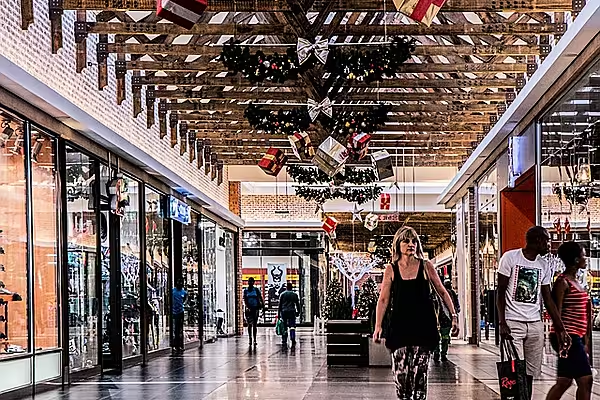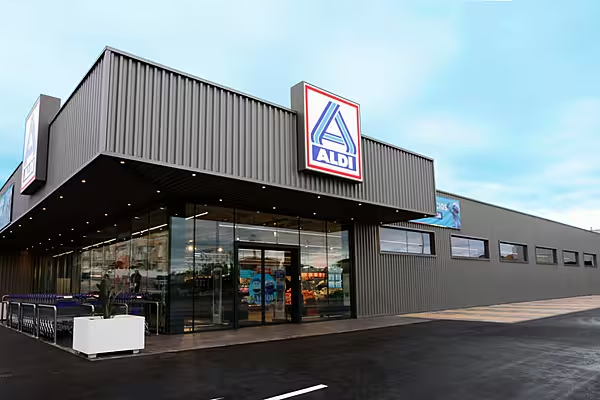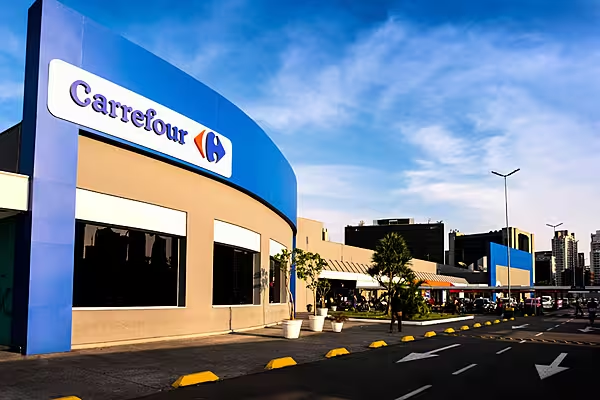If you are one of those people who thinks America’s retail industry is doing just fine, well, there are three possibilities: You’ve been living under a rock; you think Amazon refers to a South American river; or you’re a real estate developer.
As everything from once-mighty department stores to niche clothing chains announce plans to shutter hundreds of locations, and retailers file for bankruptcies at a record pace, builders are pouring growing sums into retail projects.
Across the country, construction spending on shopping centers topped $1.6 billion in June, the largest amount since 2008 and the Great Recession. Builders have been especially busy working on malls, spending $404 million in April. In nominal terms, that’s the second highest monthly total ever according to Census data, coming in behind July 2008.
New Space
So at a time when news headlines are full of store-closings, and the internet is methodically destroying any experience that involves parking lots, fitting rooms, or cash registers, why on Earth are we still building more retail space?
First, it’s worth pointing out that this isn’t an entirely new dynamic. For the last two decades, retail development has outpaced population growth in most big metropolitan areas.
That’s partly due to over-exuberance, and partly in response to evolving consumer demand and competition. Category-killing big box stores like Best Buy Co. or Bed Bath & Beyond Inc. anchored so-called power centers, increasing retail’s physical footprint while simultaneously siphoning off customers who would have bought their linens and big screen televisions from traditional department stores.
More recently, mall owners have been spending money to renovate existing properties in a bid to draw foot traffic. That often means demolishing excess space and making improvements to create room for restaurants and other attractions in a last ditch effort to prolong the life of “brick-and-mortar” retail.
“The major consideration is investment in renovation and renewal of existing assets rather than new ground-up development,” said Sam Chandan, president of Chandan Economics, in an email. “The experiential aspects of retailing and the provision of services that cannot be replicated through online sales, e.g. a dinner out, are driving investment in mall repositioning.”
Urban Centres
There are other reasons for the higher numbers. A growing preference for building near urban centers may be inflating construction costs by forcing developers to pay more for labor and land. Markets that are thriving today might not have enough retail, while areas that supported shopping centers decades ago no longer offer retailers the same opportunities.
Taken together, though, the forces driving construction spending on shopping centers in the near-term offer a pithy reminder: Even as stores shutter, and the shift to online shopping gains steam, brick-and-mortar isn’t going to disappear all at once.
News by Bloomberg, edited by ESM. Click subscribe to sign up to ESM: The European Supermarket Magazine.














